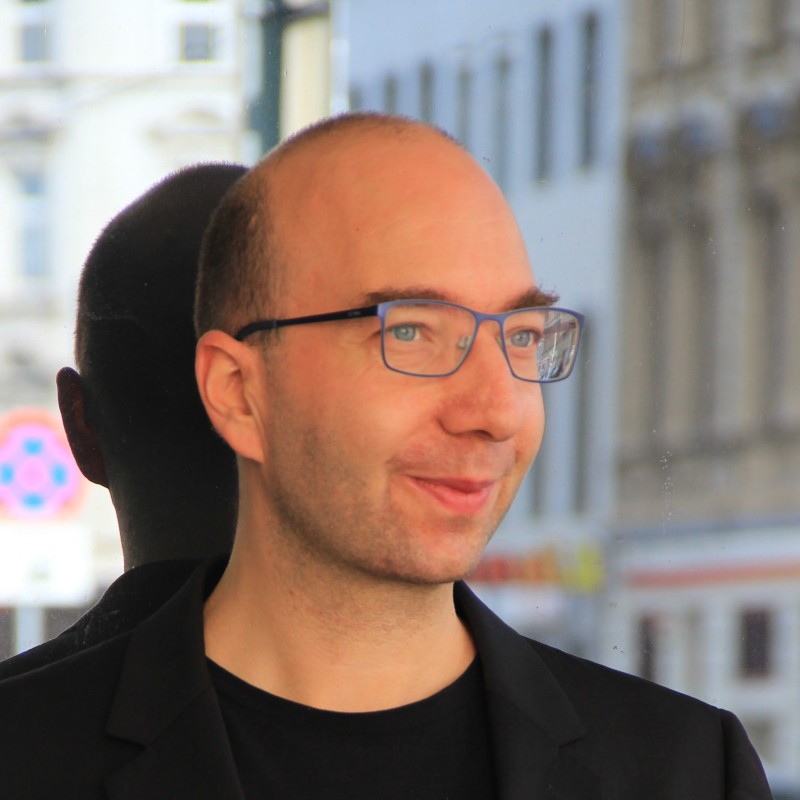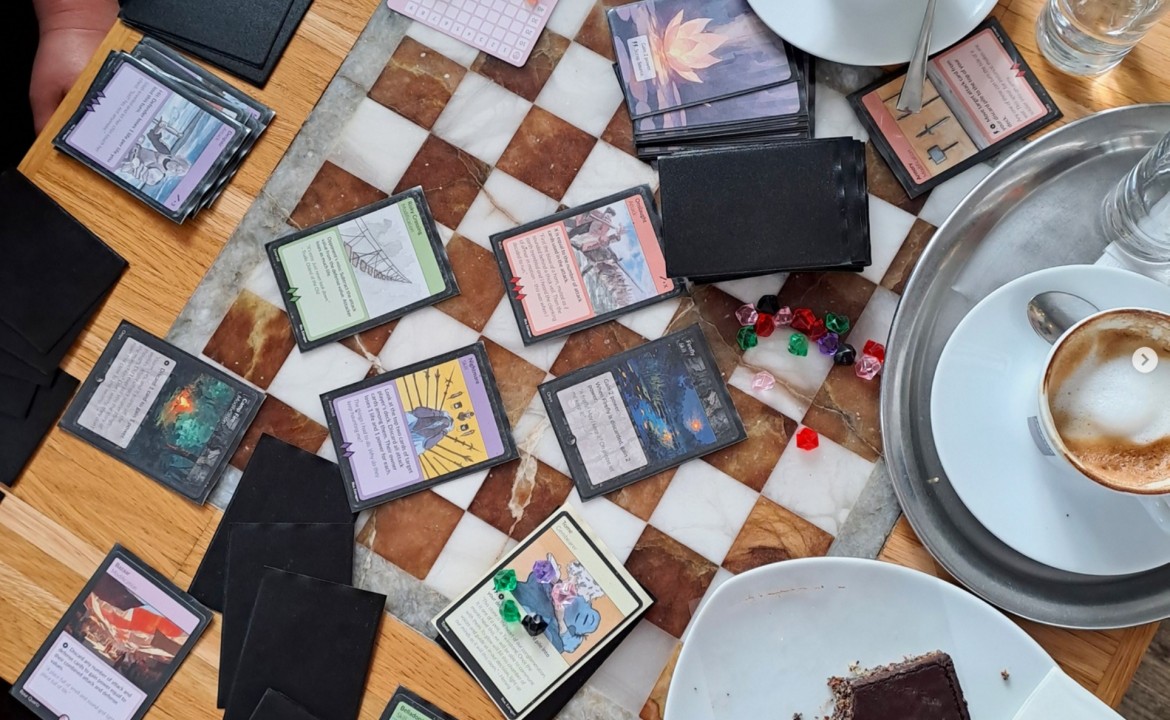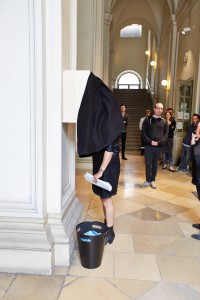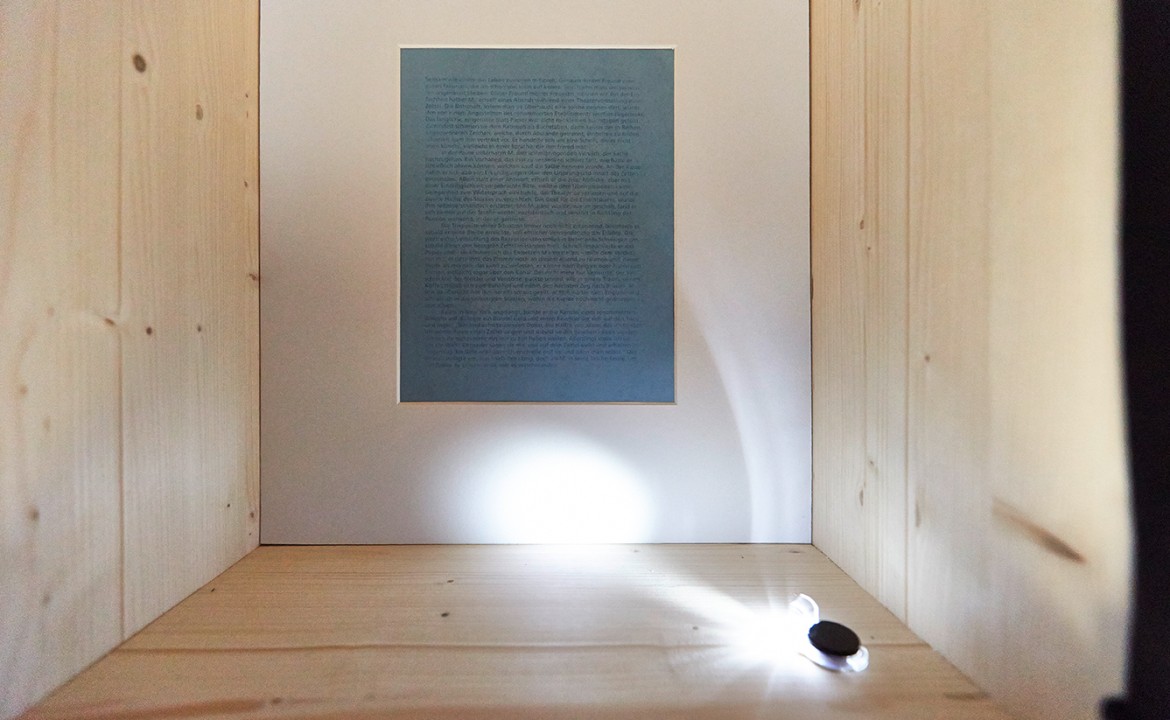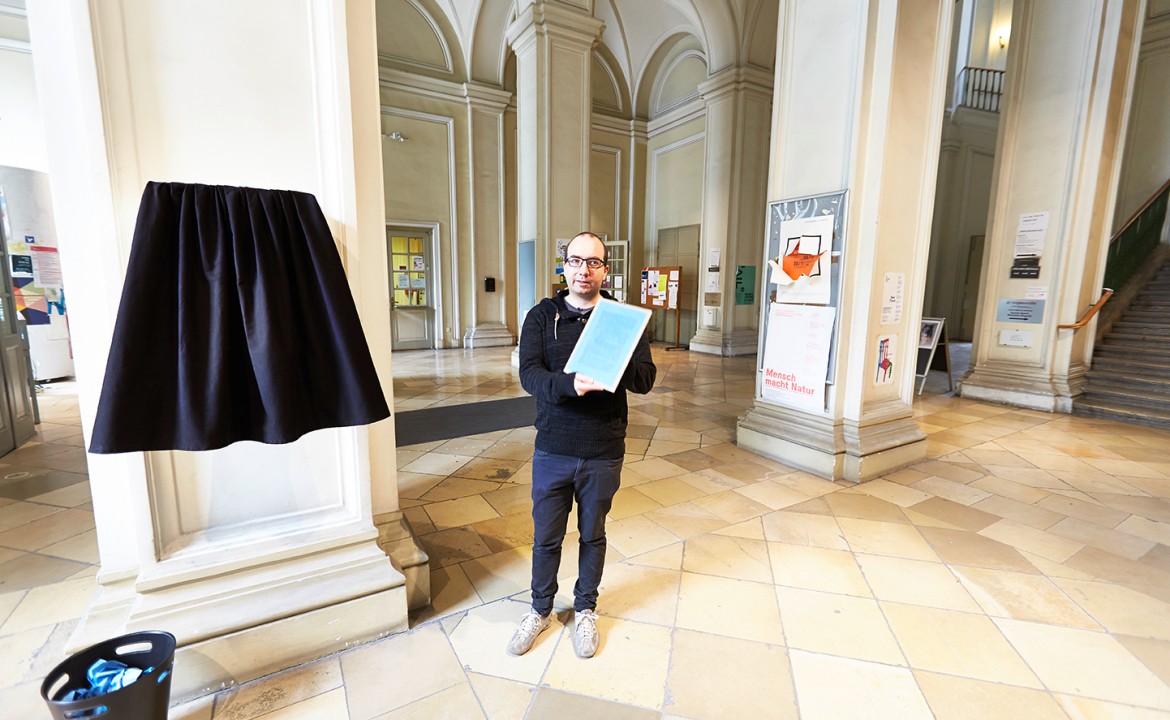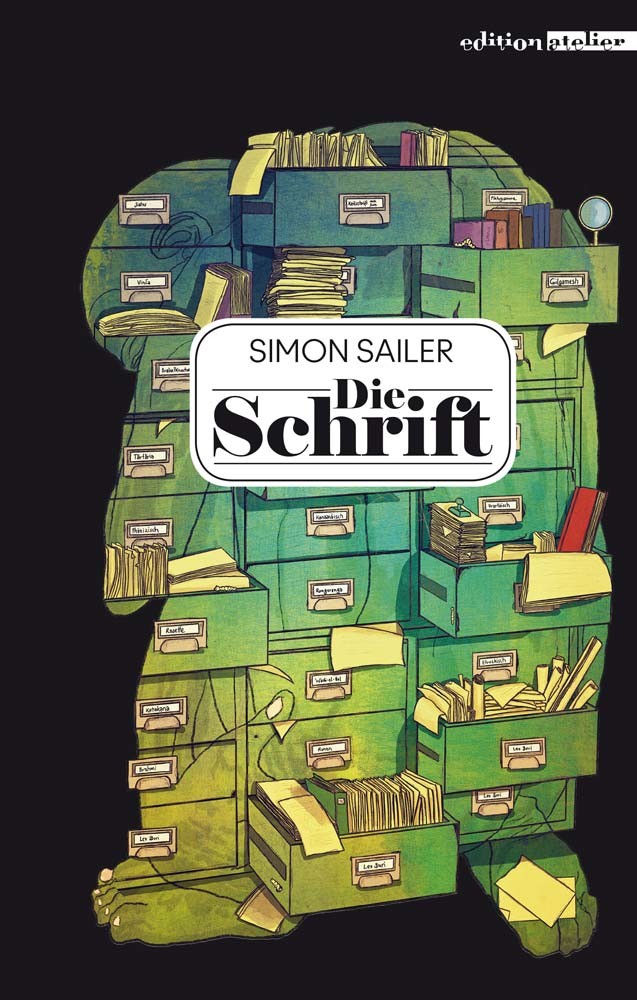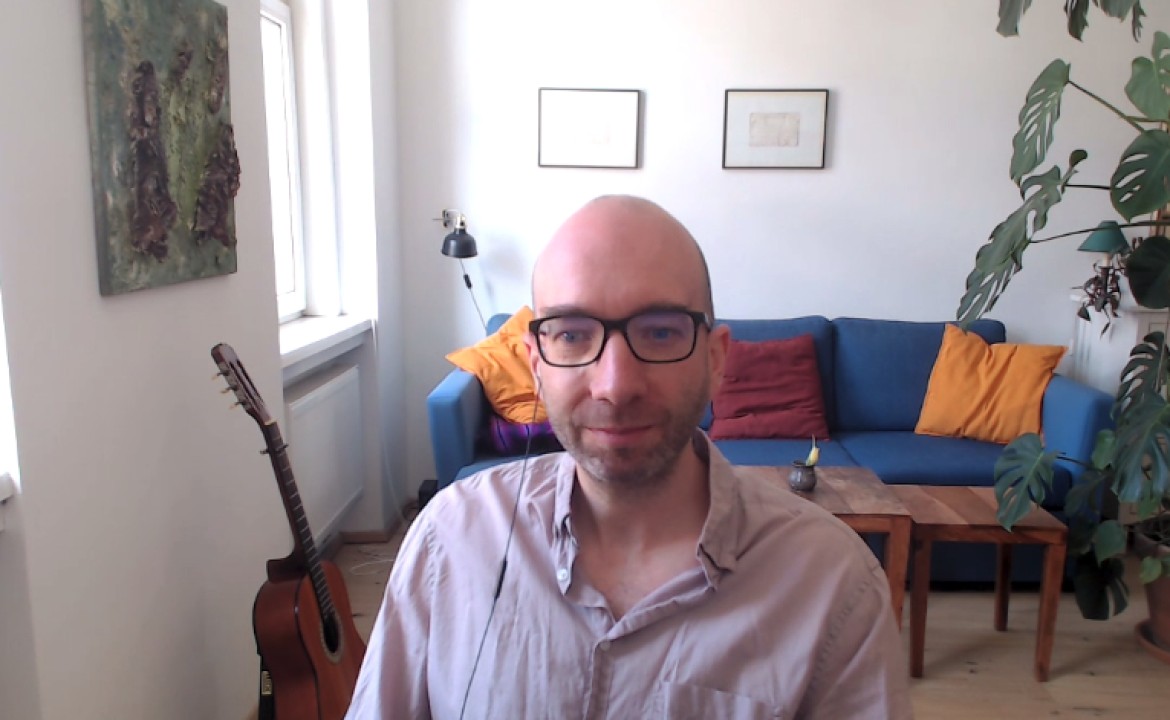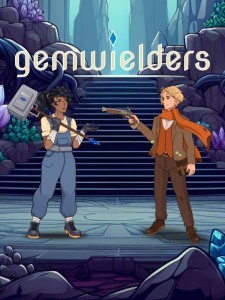Making Worlds or is it All Fun and Games?
Simon, what means ART, what means SCIENCE to you and how to you bring those two fields together?
When I studied Art & Science I was very much into theory, more than into artistic practice. So art and science meant to me
regarding a philosophical paper as a piece of art, for example, and treating art as a reflection of societal undercurrents
that demand interpretation. Now, however, while developing video games, art and science come together in the narrow sense
of applying highly specialized science tasks, such as programming and using a game engine to create a piece of (applied) art.
I suppose, I am much more into Art and Science now than I was ten years ago.
Can you tell us a bit about the topic of your Master Thesis?
I graduated in Art & Science in 2017, with a sculptural literary piece that explored the enigmatic character (Rätselcharakter)
of art, a central category in Adorno’s aesthetic theory.
I printed a short story on light sensitive paper and hid it in a box. One had to "climb" inside, holding a torch in order
to read the text without contributing to its destruction. I would later write out that story into a full novella that received
the Clemens-Brentano-Award from the City of Heidelberg.
Congratulations! The full novella is called Die Schrift. Can you give us a short intro?
It's about an Egyptologist who leads a quiet, tranquil life until one day he finds a cryptic scripture that he cannot decipher.
This suddenly changes his whole life. For no apparent reason, people turn their backs on him, his wife separates and his work
colleagues advise him to leave the city. Drawn by a mysterious attraction, he starts to look behind this enigmatic game of
signs, symbols and assumptions ...
This publication can also be seen as a narrative homage to Kafka and Eco. It is a modern horror story and an adventurous journey
through the world of language and symbols.
Right: Cover of the book Die Schrift by Simon Sailer. Illustration by Jorghi Poll. 2020. Awarded the Clemens Brentano Prize, Heidelberg.
Do you also work in collectives or rather alone?
As a writer I work alone. I also believe quite firmly that collaborative projects in literature rarely produce interesting results (interesting for the reader that is). The process of writing a text is one of careful examination and re-examination. These decisions have to be guided by consistent idiosyncrasies, if you so will. There are so many of them, and discussing them with others would be practically impossible. Not to say that it absolutely could not work, but personally, I also like the process of being alone with my work and thoughts most of the time.
It is very different with computer game development, though. Even if you are - like me - mostly a so called “solo developer”,
you still rely on art and technology that has been produced by others. There just goes so much into a complex piece of software
that no single person on earth could possibly have expertise in all the required fields. You need a game engine, sound, art,
code and they all have to come together in a coherent fashion. Still I don’t collaborate as much as others, but I don’t mind
doing so wherever it makes sense.
From Writing to Coding
Being interested in learning and creating, above all, I dabble in many fields. After writing a number of novels and novellas that are published at Edition Atelier, I developed a deckbuilding game called Gemwielders that exists as a physical card game as well as in digital form. I taught myself programming and software development in order to bring the game onto a platform.
It seems you have found your profession(s), or is there another job would you like to do?
Where do you find inspiration for all your work?
Inspired by Life. Definitely true for creative souls :)
Thank you very much, Simon, for this interesting talk and insights to your work. I am curious to get to know your card game.
SIMON SAILER
Personal Homepage: https://www.simonsailer.net/
Die Schrift bei Edition Atelier: https://www.editionatelier.at/titel/die-schrift/
Gemwielders Homepage: https://gemwielders.com/
Gemwielders on Steam: https://store.steampowered.com/app/2928460/Gemwielders/
Gemwielders on Instagram: https://www.instagram.com/gemwielders/
Simon Sailer @Art&Science
Interview April 2025 by Gerda Tschoery Fischbach

